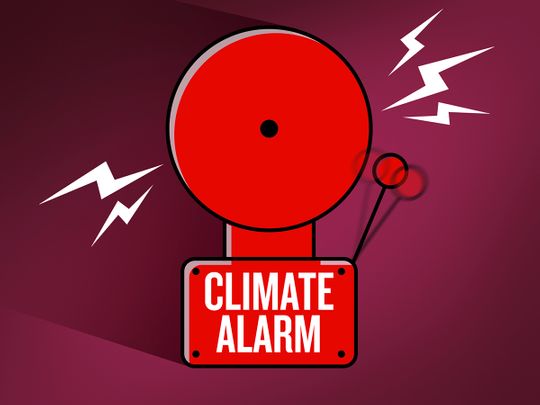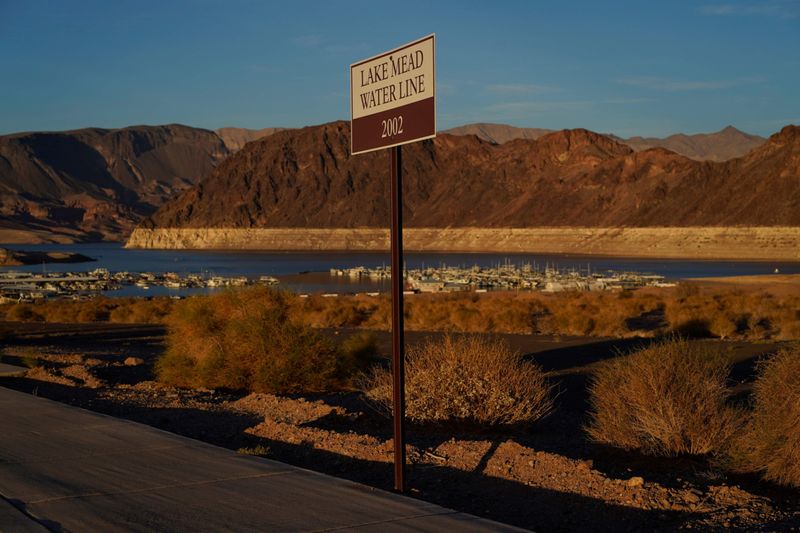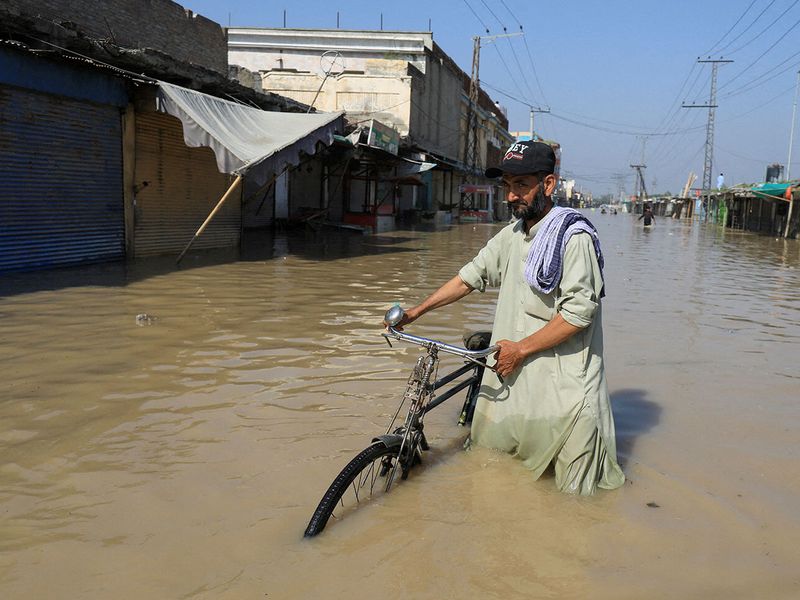
It shouldn’t be altogether unusual for a columnist, who happens to be a dedicated environmentalist, to write a column every so often about the dangers that climate change is presenting humanity in our time, even when the subject is not on the news circuit — and do so if only to hammer the idea to his readers that these dangers should be considered no less than the most existentially pressing issue facing us at this point in the evolutionary continuum of our human being.
So bear with me and take the trouble to read yet another article on climate change — a dreary exercise, I agree, if there ever was one — because though this calamity (yes, that is the right word here) is today impacting our lives gravely, it will impact our children’s and their own children’s lives disastrously.
Consider, please, reading the study released this week by the World Weather Attribution, a consortium of top international scientists who examine correlations between rising global temperatures and “extreme” weather, manifestations of which were evident this past summer when a rise in global temperatures caused by the burning of fuel fossils brought with it, you no doubt will still remember, unprecedented heatwaves across the Northern Hemisphere, which dried out soils, rivers and vegetation, which in turn sparked massive droughts.

The study found — hold on to your hat — that the droughts that afflicted countries in North America, Europe, Africa and Asia were so extreme that under normal circumstances they would’ve been considered a 1-in-400-year event. So extreme that they are increasing in frequency and becoming more catastrophic.
Indeed, so extreme that Greta Thunberg, the 18-year-old doyenne of the environmental movement — who never tires of challenging, badgering and berating world leaders about needed action to mitigate the effects of climate change — called them, perhaps a touch mock-seriously, “droughts on steroids”.
Now, in our lifetime, the study goes on to say, we should expect a repeat of these conditions on average once every 20 years, pointing to an organic link between the drought conditions in Europe this year and the climate-change-fuelled heatwave in South Asia that destroyed crops.
And it did so seemingly to draw our attention to how climate change is disrupting the rhythmic integrity of the “hydrologic cycle” (the movement of fresh ice water in reservoirs, saline water in seas and rain water in the atmosphere).
The disruption of that cycle was no more evident than in how it affected the monsoon season across South Asia this year, making it wetter, heavier and deadlier, as we saw with our own unbelieving eyes when the monsoon season in Pakistan this summer dumped six times as much rain than it normally does, displacing — hold on to your hat one more time — more than 32 million people.

The disruption was also evident in the droughts that continue, as we speak, to ravage many nations in the African continent. Watch — watch, I say, and weep — the compelling and heart-wrenching image taken last week by AP photojournalists of Somalis who had fled the drought in their part of the country — a drought that had brought with it famine, disease and death — struggling to survive in a refugee camp on the outskirts of Dallow, a town in southern Somalia.
It may seem fatuous to some that this column would this week concern itself with a half-baked, leftover issue like climate change in the midst of warnings about the gravity of the conflict in Ukraine, one that may escalate into a wider war should the wrong buttons be pushed and the wrong words uttered, a wider war that may lead to what President Biden called on Thursday an Armageddon, a grim assessment that rippled globally and rattled the public consciousness, though an assessment that edged beyond that of the president’s own intelligence services.

That the world we inhabit today is a complex and intertwined system, made of subsystems that are in constant, dynamic interaction with one another, was dramatically illustrated two years ago when a coronavirus outbreak in Wuhan, Central China, in no time found its way to Lawrence, Kansas, just as it was equally dramatically illustrated earlier this year when fossil fuel emissions by countries in the affluent Global North caused massive flooding that wreaked havoc on the lives of millions in Pakistan.
Dominik Schumacher, researcher at ETH Zurich and one of the authors of the study released by World Weather Attribution, said in a statement summing up the collective view of members of the association: “Our analysis shows that last summer’s drought conditions were fuelled by human-induced climate change. The result also gives us an insight into what is looming ahead — further global warming followed by stronger and more frequent droughts”.
If this is the new normal, it is one that is indeed “human-induced”.
And when will we learn from the Holy Texts that what humans reap is what they sow?
Fawaz Turki is a journalist, academic and author based in Washington. He is the author of The Disinherited: Journal of a Palestinian Exile.









